One of the most effective devices, and for children, one of the most important, is repetition. Did you write a first line you like? Why not repeat it? Let’s look at John Lennon’s “Imagine.”
“Imagine there’s no heaven.” These seven notes – or slight variations – are repeated three times; we hear the opening idea four times, a perfect example of repetition. This is the central musical idea of the song. These notes together are called a motif – pronounced moTEEF. Here are the first four lines of Elvis Presley’s “Hound Dog:”
“You ain’t nothin’ but a hound dog
Cryin’ all the time
You ain’t nothin but a hound dog
Cryin’ all the time.”
Note that the first line of words and music is immediately repeated. Presley, who never studied music formally, instinctively knew the value of repetition.
Another technique, very similar to repetition, is sequence. A sequence occurs when a musical idea is repeated at a different pitch. One of the most famous and effective uses of sequence comes at the start of Beethoven’s Fifth Symphony. Go to YouTube and listen to the first minute of it. (Of course you might want to listen to much more; this is one of the great works of classical music). The first 43 seconds of this masterpiece are made up of repetitions or sequences of the first four notes:
G-G-G-Eb. By the time you have heard the first 43 seconds this motif will stick in your mind forever.
It is clear that Beethoven, Presley, and Lennon had a lot in common!
Do you play piano or guitar? It’s easy to play the first four notes of of this piece. The Gs are located four white notes above middle C. Listen to the first ten seconds of the piece on YouTube. Sing the first four notes. On your instrument, when you get to the fourth note, play a Cminor chord. You have just played the central motif of Beethoven’s Fifth Symphony.
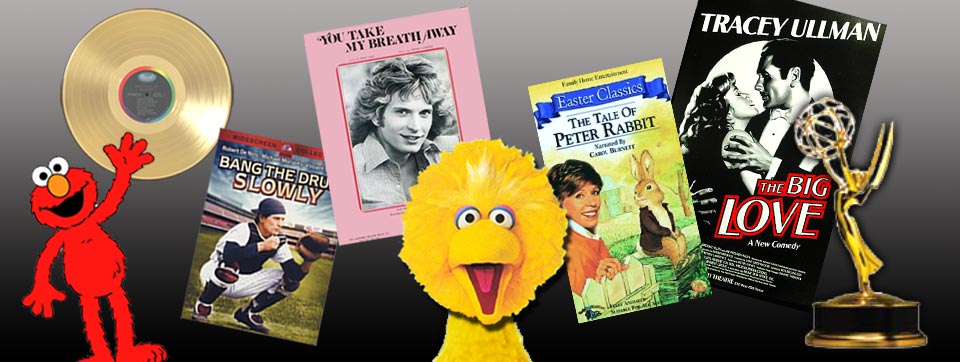

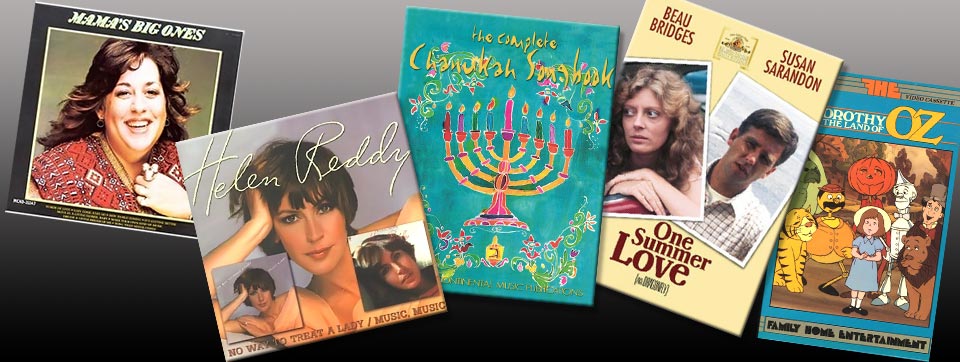
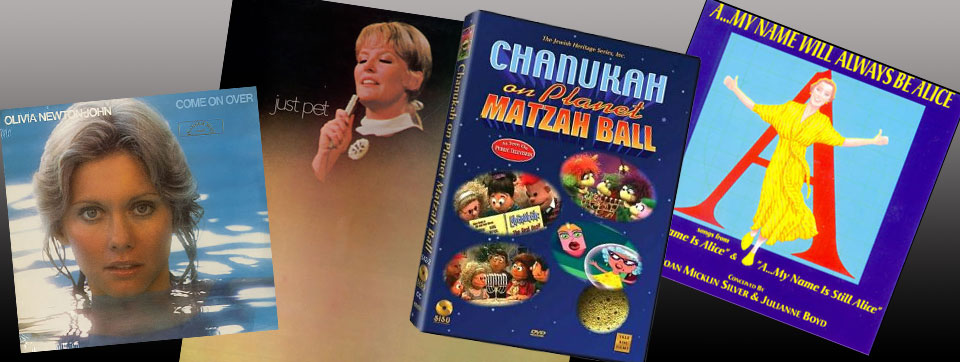
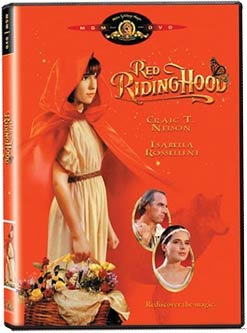 This blog will help beginning songwriters and those more experienced to develop the tools they need to produce satisfying work. You may be composing songs and feel that there is something missing. Pehaps you have an idea for the beginning and then don’t know how to develop it. The techniques and devices found here will help you when inspiration strikes and then strikes out. Over a period of hundreds of years, certain general observations have been made about what makes the most lasting music. These observations led to the development of what we call “music theory.” I know this sounds very academic, something that is taught in music conservatories. Of course it is taught to music students but with a much more in-depth approach. What you can learn here is some basic solutions to everyday problems that work for composers at all skill levels.
This blog will help beginning songwriters and those more experienced to develop the tools they need to produce satisfying work. You may be composing songs and feel that there is something missing. Pehaps you have an idea for the beginning and then don’t know how to develop it. The techniques and devices found here will help you when inspiration strikes and then strikes out. Over a period of hundreds of years, certain general observations have been made about what makes the most lasting music. These observations led to the development of what we call “music theory.” I know this sounds very academic, something that is taught in music conservatories. Of course it is taught to music students but with a much more in-depth approach. What you can learn here is some basic solutions to everyday problems that work for composers at all skill levels.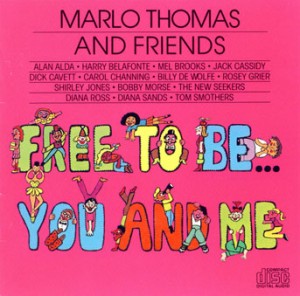 What do Marlo Thomas, Diana Ross, Michael Jackson, Roberta Flack, Dionne Warwick, Mel Brooks, Rosey Grier, and Harry Belafonte have in common? They all performed on the million selling record and/or Emmy winning special, “Free To Be…You And Me.” I was the Music Director and composed the title song and four others for the landmark project and I am going to tell you, from the beginning, how we created the music.
What do Marlo Thomas, Diana Ross, Michael Jackson, Roberta Flack, Dionne Warwick, Mel Brooks, Rosey Grier, and Harry Belafonte have in common? They all performed on the million selling record and/or Emmy winning special, “Free To Be…You And Me.” I was the Music Director and composed the title song and four others for the landmark project and I am going to tell you, from the beginning, how we created the music.